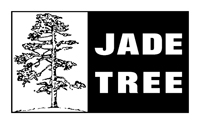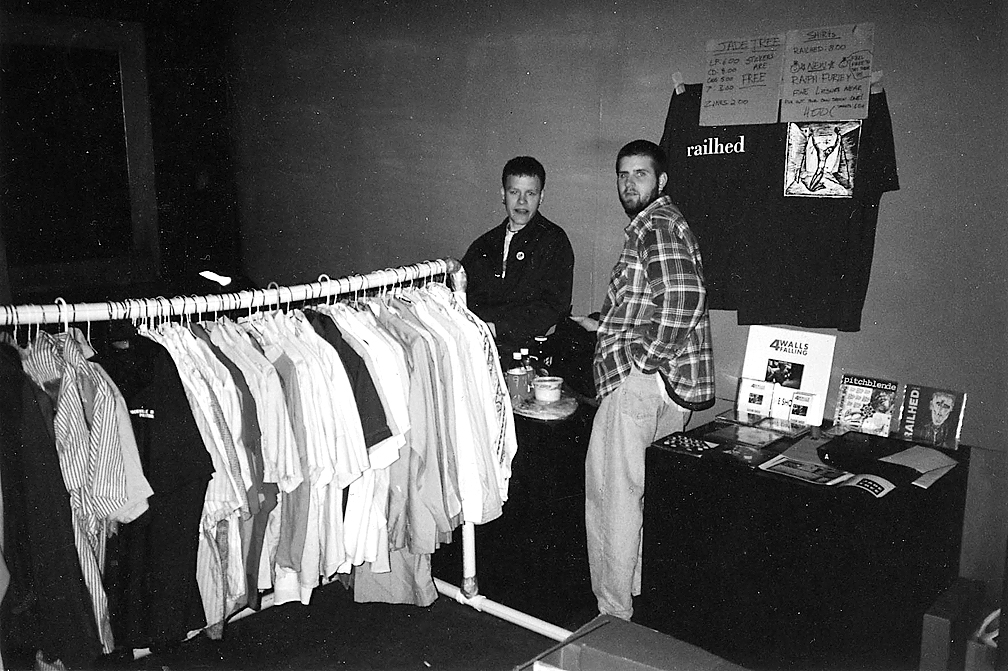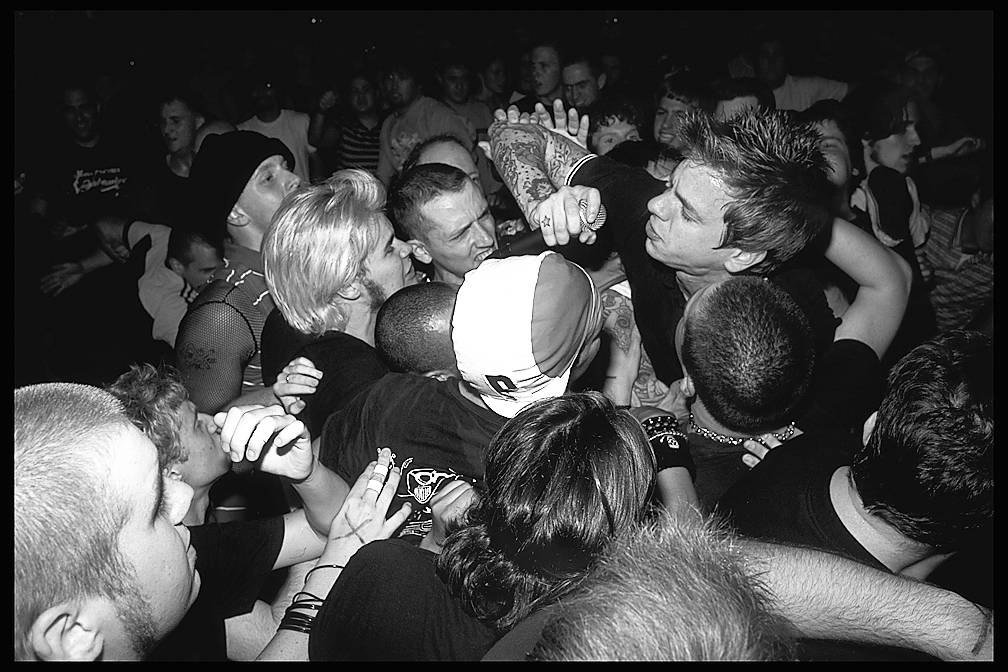Occasionally it takes more than just the hands of Sunny Singh to film some of the higher profile and festival shows whose footage ends up on the ever-growing Hate5Six database. Singh’s passion project has found him traveling all over the country, almost daily adding footage of performances from punk and hardcore shows to the growing archive that he has amassed since the project became Singh’s priority around 2007.
Singh has been using Hate5Six for the past number of years to document hardcore shows for future viewers, but has also begun compiling videos of performances from before his time. In this way, Hate5Six brings the world of punk and hardcore into a larger perspective, enlarging the perceptions of place and unifying people of different times who at one point were, are, or will be affected by the art form.
Kid Dynamite August 8, 2013 The Electric Factory Philadelphia, PA This Is Hardcore Fest
Soundboard mix by Len Carmichael (on.fb.me/Ne4R7W) Second angle by: Steven Cergizan
When Singh takes it upon himself to film larger shows like Philadelphia’s This is Hardcore, he typically has a friend or two that he has made through the process that he gets to handle another camera, as well as an audio engineer to mix and master the live audio from the soundboard for the video. There is no aspiration for capital gain behind Hate5Six’s motivations.
“The vast majority of Hate5Six videos are done just by me,” Singh says. “For larger productions I'll usually have an additional camera operator or two, and sometimes I'll have an audio engineer help record the soundboard feed and mix/master it for the video. I'm pretty particular about the people I work with and over the years I've assembled a set of go-to's because I know they can pull off what I need them to do. I do like working with local videographers when I'm traveling. If I'm coming into their scene I like to collaborate with them when I can.”
Above all else, Hate5Six exists to document and widely relate past events of concerts and other events in order to highlight their presence and importance in the exponentially larger world of art itself. Often, this is impossible without some kind of compromise involving selling ad-space or something of the kind.
Hate5Six’s purpose of bringing information doesn’t begin and end with music. Singh readily includes spoken word performances, protests, and speeches in his collection of recordings order to highlight the meanings behind the music that initially attracts people to the site. His reasoning is simple, “Everything that I do is the result of having taken every word Zack de la Rocha screamed in Inside Out and Rage Against the Machine and directly applying it to my life in some way. It was through collecting Rage bootleg VHS tapes that taught me the importance of documenting live music. Rage was subversive in their approach. Zack delivering speeches mid-song, using their music videos to visually pump ideas into homes across the country, distributing literature at shows,” Singh explains. The mutually necessitative relationship between the music and the filming of its performance shows how art forms beget each other, as well as produce new inspirations from their commingling.
As for the ends that Singh attempts to reach by doing this, it’s clear that it stems from his motivations to provide unfiltered content. “It was a disruptive way to get people to engage with politics. I model hate5six literally after this. Anyone who explores the site will find political shorts, videos of protests, mixed in with live show footage. I use my following on social media to signal boost certain movements and push people to think about things that are pressing. By definition this project is designed to transmit information. Whether it's ideas expressed in speeches bands make at shows or these political shorts. This is my way of stopping regularly scheduled programming to inject consciousness into people, especially when hardcore punk prides itself on ostensibly caring about sociopolitical issues. This community needs to do more than simply raising money for charities.” This includes a speech given by Dr. Cornel West at an event hosted by Philadelphia organization MOVE in May of 2015.
Hate5Six’s manifesto reads:
“This project stands for the redistribution of high-quality live music videos in as much of an anti-capitalist framework as realistically allowable. At its crux, music is the communication of ideas through rhythm and sound. The introduction of money into the equation invariably obscures that connection. In an era when the turnover rate in the community is staggeringly high, this site serves as a vehicle for preservation and posterity. Institutional memory is key in any setting, and hardcore is no exception. A band's live performance tells a story about a particular moment in time relative to a particular audience. The intention here is to share that story with people who could not be there to experience it, both physically and temporally, or with those who have no conception of what hardcore is.
Without an audience, a band is just sending acoustic vibrations into an empty room. Without a band, bodies are just standing catatonically in a room waiting for inspiration or some other activation of the senses. This interface between the two defines an impassable gap between seeing a live show in the flesh and watching a two dimensional projection of said show on a screen. They can never be equivalent, but there are ways to construct a bridge that attempts to close that gap. The retelling of these narratives in this manner is the sole mission of hate5six.com.”
More often than not, Hate5Six’s videos are shot solely by Singh himself; he’s been behind a camera in some capacity for the past 15 years. This entire time Singh has been at shows, some of his first being of the early 2000’s NJ DIY scene with a sound marked by post-Saves the Day influenced pop-punk, emo, and indie. Singh’s natural limitations when it came to his desire to see live performances from every band he loved coupled with a natural inclination to, as he says, “obsessively” collect bootleg recordings of bands playing shows set him down a path of nationwide travel and 250-350 videos per year.
Hate5Six is a labor of love that requires a full immersion that Singh found himself eager to experience from the onset of his interest in hardcore. At that time, he likely wouldn’t have anticipated that he would eventually use his outlet as an occasional but direct source of political information.
Singh’s dedication extends further than the simple desire to archive and boost bands whose live presence he enjoyed. In the desire to continue to upload video after video, Singh continues to share his desire to divert the viewer’s attention from the signals and information that trickle down to us from the mainstream and present an alternative and more potent message for the waiting and wanting masses. “I have a hard time picturing myself not doing it anymore. As long as people are engaging with it and are using it as a tool to discover music I think I'll have the energy to keep going. I want to film new bands in new scenes for as long as I can.”












